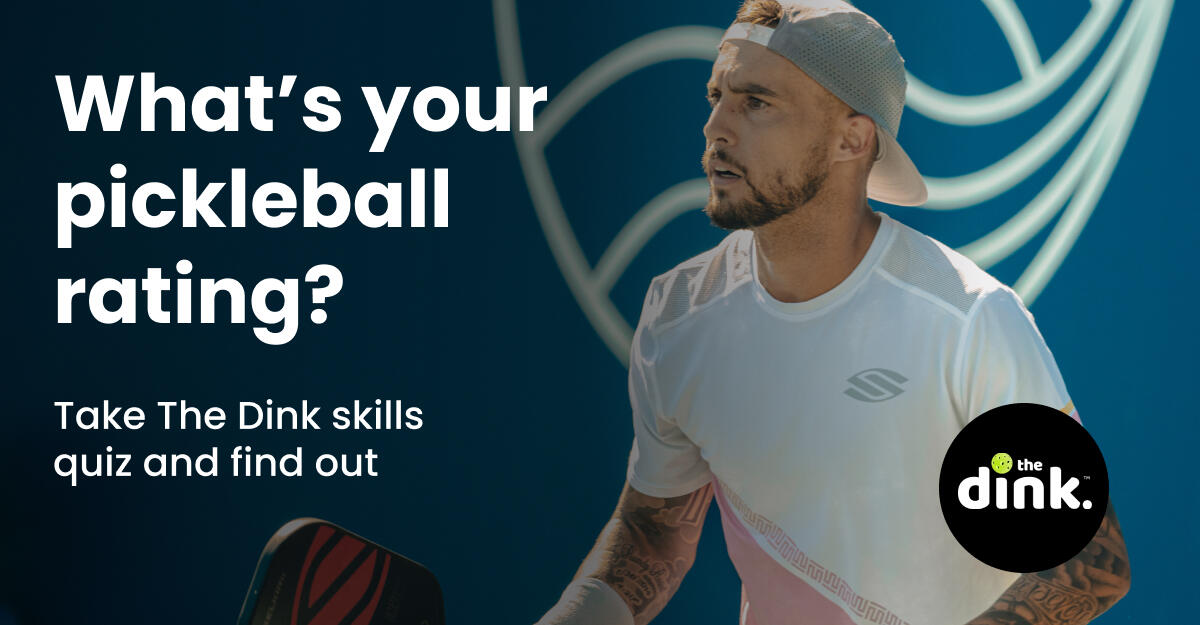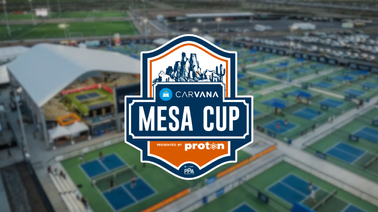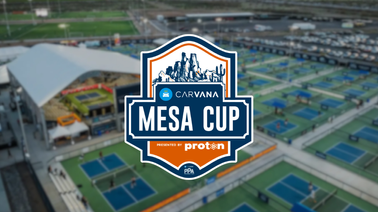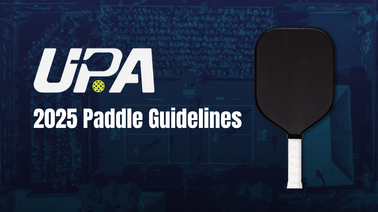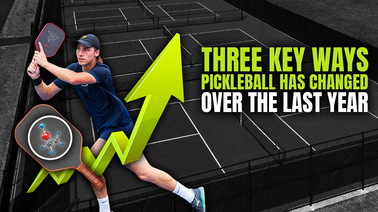
UPA-A to Use ‘Destructive Testing' to Level the Pro Playing Field in 2025
In order to build the future of professional pickleball paddle testing, first, you have to tear it all down.
That's the vision of The United Pickleball Association of America (UPA-A) and its president, Jason Aspes. The UPA-A recently announced its 2025 Paddle Certification Rollout Plan, detailing the fees and related costs for brands to submit paddles for testing, key upcoming dates, and updated standards for acceptable limits of spin and power.
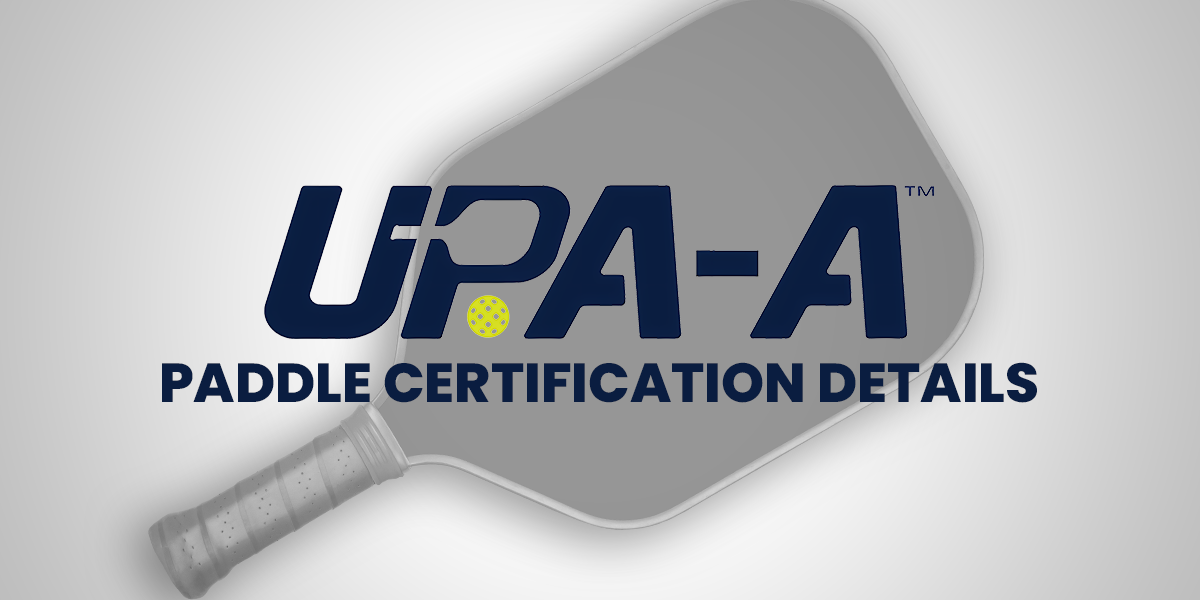
New test will determine playability
The backbone of the plan is the UPA-A's proactive new testing method to ensure all paddles are on a level playing field before they ever get to a professional court: Destructive testing.
"The problem is that these paddles change. We know that they all have break-in periods, some more than others, but some are really significant," Aspes said in an interview. "We are going to replicate play on every paddle that gets certified to ensure that if they do change, they never go over a certain threshold.”
Beginning April 1, 2025, every paddle used by every pro in a PPA or MLP event will have gone through this rigorous new testing protocol.
What is destructive testing?
So, what is destructive testing, and what impact will it have on the pro game in 2025 and beyond? Here's what you need to know.
What’s in a name?
Despite how it might sound, destructive testing has nothing to do with cutting paddles open or peeling them apart layer by layer.
“We’re not forensic investigators,” says Aspes. Rather, the term applies to a paddle’s performance and, critically, how that performance changes over time.
“Destructive testing is the process of ‘breaking the paddle in’ through the testing process,” says Aspes.
How does it work?
The "hotness" of a paddle — the speed at which the ball rebounds or deflects off its face — can change over time, sometimes dramatically, even in just a day.
The problem? There's no benchmark.
“Each paddle that's being made right now is different, even if it's the same model, same make, same everything," says Aspes. "Our quality controls are just not there.”
Destructive testing is just the beginning of installing new quality controls. While deflection is linked to the speed at which a ball travels after hitting a paddle, PBCOR (Paddle-Ball Coefficient of Restitution) provides a deeper analysis by comparing the speed of the ball before and after impact.
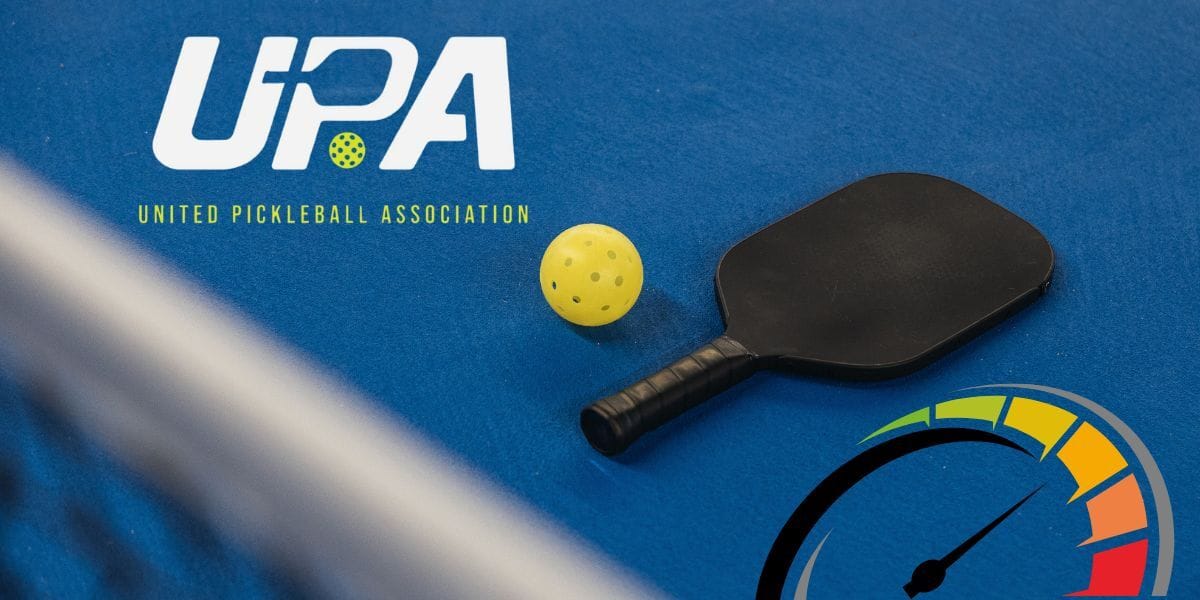
Every new paddle submitted for testing will endure thousands of control shots from a machine-propelled pickleball under standardized lab conditions. The goal is to understand the bell curve of a paddle’s peak power.
For many paddles, deflection force will rise, plateau, and then decline to its natural limit.
“We're plotting out every data point in the lifecycle of a paddle under lab conditions, so we know exactly what it's meant to do,” Aspes explains.
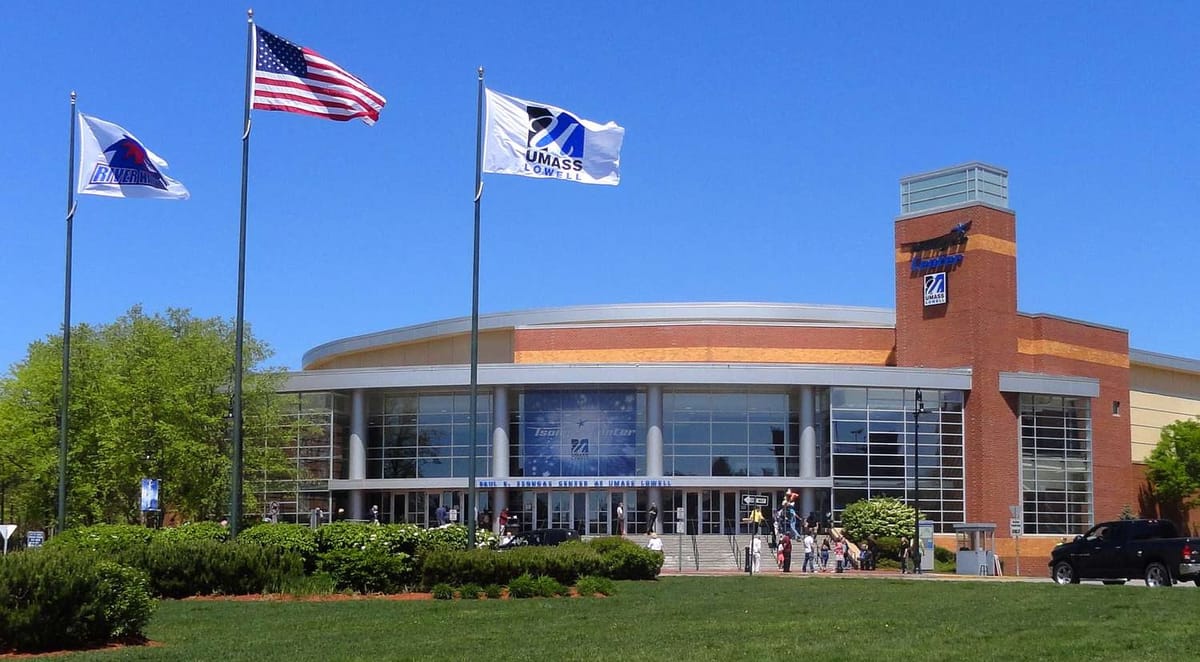
The University of Massachusetts Lowell is writing the standard operating procedures, and Pickle Pro Labs, the UPA-A’s independent testing lab, will conduct the testing. Aspes predicts that each paddle will require several hours of testing.
“It’s laborious. It takes a lot of machinery. It takes a lot of manpower. It’s a process,” he concedes.
Why does this matter?
Aspes imagines a future where, just by glancing at an opponent’s paddle, players will have a solid idea of what to expect in terms of power, pop, and spin.
“All players are different, of course. But paddles should be uniform and consistent across the board. Right now, that’s far from the case,” says Aspes.
“It’s not fair. At the rec level, you’ll start seeing people get hurt. But the real problem for us is that we're playing professionally. This is a real sport. People have Olympic aspirations. People are making their livelihood off of this. We can’t have that kind of behavior.”
While the UPA-A governs professionals in the PPA and MLP, their testing will not apply to amateur players or the APP Tour (which is governed by USA Pickleball).
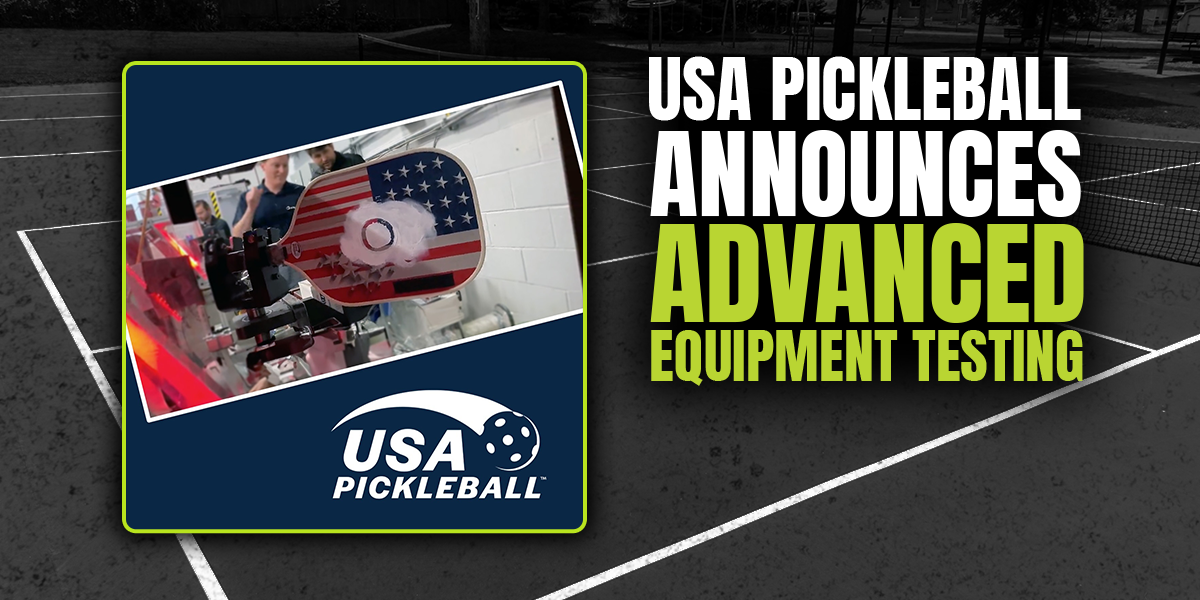
For paddle brands wanting to compete in the pro space in 2025 and beyond, full UPA-A certification will require an annual $20,000 flat fee, $5,000 for each paddle model, and $1,000 for each variation. This is intended to weed out brands capitalizing on pickleball’s boom without prioritizing quality control.
“That’s why you see 2,000 paddle manufacturers in the marketplace,” says Aspes. “Because nobody’s really looking after this and holding anyone responsible.”
When does destructive testing begin?
Paddles currently approved by USA Pickleball can apply for UPA-A Provisional Status for a $2,000 fee until November 15, which will be credited toward the $20,000 full certification fee.
For provisional approval, spin limits must be below 2200 RPM, and average deflection force must meet or exceed 42 lbs. Manufacturers must submit five paddles for testing.
“We’ll put them through the same test we did for interim testing but lower the threshold on deflection from 46 to 42,” says Aspes. “I assume everyone’s going to pass because we’re not trying to hold them to anything more rigid. We just want to understand what they’re putting in.”
Full 2025 UPA-A Certification, including destructive testing, will begin on January 1, 2025.
“And now we have accountability,” says Aspes. “So in January, when people start playing with paddles, if it’s not the same thing that we saw, we can pull it, send it back to the lab, and there will be serious consequences for manipulating a paddle.”
Players can challenge paddles starting in 2025
While specifics are still being finalized, Aspes noted that 2025 will introduce a paddle challenge system for pro pickleball in both PPA and MLP events.
"We’re putting the onus on the players, making them responsible for their own paddles because they know them better than anybody,” says Aspes. "If they're playing with something that's not behaving the way it's supposed to, there will be consequences.”
Penalties will apply for challenged paddles that fail follow-up testing, as well as for incorrect challenges. The exact nature of these penalties, likely involving financial repercussions, is still under discussion.
“Everything’s on the table,” notes Aspes.
Want to catch up on all things PaddleGate 3.0?
- Read: Is Pickleball Paddle Manufacturing Facing a Potential Crisis?
- Watch: Pickleball Pro: This is the "Juicing Era of Pickleball"
- Read: Are Pickleball Paddles Too Powerful?
- Watch: Hot paddles are eliminating this competitive advantage
The future is destructive
Pickleball paddles often become more powerful with use, but exactly when or by how much is currently unknown. Aspes is confident that destructive testing will bring much-needed quality control to the professional ranks, leveling the playing field for everyone and shifting the focus to player athleticism.
However, he emphasizes that innovation is still encouraged—within limits. “This is to try to get the professional ranks a level playing field, to get manufacturers to worry about their quality control, and to make better paddles — better materials, more consistent, last longer, don’t heat up, don’t break down,” he says. “If we can get there, we’ll be in a better place.”
